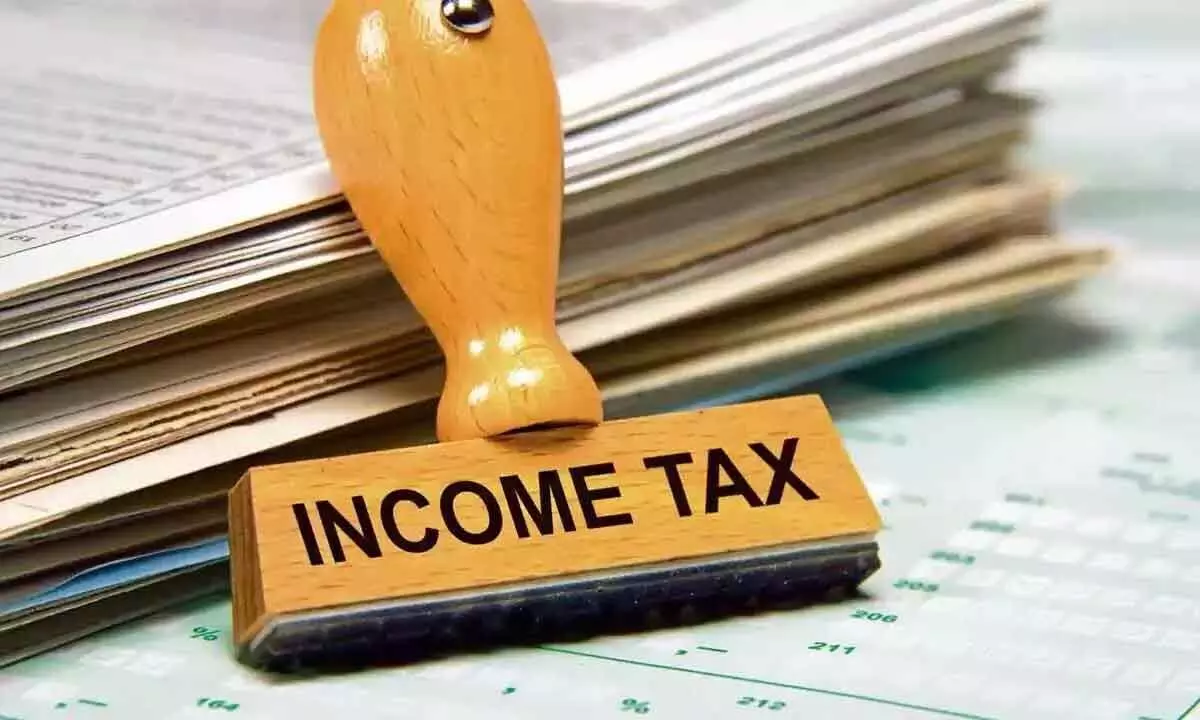Higher tax slab sweetens new regime for tax payers

Tax planning has been a thorn for many individuals. What and how to choose the right tax saving instrument has always been difficult. Often many would follow or imitate their neighbor or colleague, further complicating the exercise
Tax planning has been a thorn for many individuals. What and how to choose the right tax saving instrument has always been difficult. Often many would follow or imitate their neighbor or colleague, further complicating the exercise. This kind of an effort leaves with a much painful result. While all these tax saving instruments generally come with a lock-in period, one must also be aware of the potential returns and their taxation at maturity or withdrawal.
So, during the latest union budget, there was a collective hurrah when the finance minister announced that the proposal of tax rebate limit increased to Rs7 lakh. The thumping remained rather fleeting when she mentioned that this applies to only the new tax regime, turning into an anti-climax proposal. But, certainly it has its own merits for those who opted or wanting to opt for the new tax regime.
Before we dwell further, it's said that death and taxes can't be avoided. Now that one can't avoid tax, are there any tax mitigation strategies that could work in our benefit. We should understand that tax planning is a subset of overall financial planning. When planning for future, we define goals, assess our risk profile, choose the investment avenues that match the goal timelines.
There's a bit of overlook, if not negligence, on the part of the investors and advisors alike when it comes to imbibing taxation in the framework of a financial plan. Of course, the continuous change of taxation in the short term is another reason for this. But one could effectively use the tax saving instruments to build on a good financial plan. Per the financial planning pyramid, the base is formed with security, then safety and then the potential upside.
The tax saving options through premium paid to instruments like life and health insurance would address the base of the financial plan. The risks in life, commonly known as the three D's: death, disease and disability could only be addressed through an insurance. A proper insurance planning would not only counter these risks but also contribute to sec 8 0C of the tax savings.
And contributions towards Employee Provident Fund (EPF), Public Provident Fund (PPF) and National Pension Scheme (NPS) would also qualify for the same section up to the limit of Rs1.5 lakh in a financial year. These instruments help in achieving long-term wealth creation and vital retirement corpus at almost negligible risk while earning a guaranteed return. This forms the second base of the financial pyramid.
Instruments like Equity Savings Schemes, popularly known as ELSS or tax saving MF could act as an aggressive wealth builder, while also helping one plan for medium term goals. A consistent and systematic contribution to these funds would also accomplish rupee cost averaging, a profitable method in equity investing. The presence of varied options in the tax savings instruments helps the cause of diversification and asset allocation which is critical in a financial plan.
Overall, the tax saving instruments were designed to address various risk needs and goals of an individual, an optimal planning would enhance the comprehensive financial plan. Coming back to the new tax regime, it does away with all these deductions and exemptions. Also, the proposed changes have sweetened the new regime for those who are looking for some extra income in hand. This removes the otherwise complexity seen in picking the right options, but transfers the onus on the individual to stick to the discipline of investing.
Along with the forced savings, the old regime had some additional provisions like saving on interest on housing loan and education loans, which helped individuals to trim their tax outlay. So, the opting the tax regime depends upon how one is taking advantage of exemptions and deductions. As the govt has now announced the new tax regime as a default, one must voluntarily opt for an old one if one wants to utilize the old structure. However, it's critical that one stick to the discipline of investing and insurance planning irrespective of the tax planning being done.














